News
How to Maximize Space in a Townhouse?
5 Tips for Maximizing Space in a Townhouse
Introduction
Maximizing space in a townhouse is a common challenge faced by many homeowners. Townhouses, often located in dense urban areas, tend to offer less space compared to suburban or rural homes. However, with smart planning and a few design tips, it’s possible to transform these confined spaces into comfortable and functional living areas.
Space optimization is key to enhancing not only comfort but also the functionality of the home. Every square inch counts, and knowing how to use every corner and nook can make a huge difference in how you live and enjoy your home. This article explores various strategies to maximize space in a townhouse, from evaluating your needs to efficient storage solutions and optical illusions to visually expand the space.
I. Space Evaluation and Planning
Taking Inventory of Your Needs
Before beginning any transformation, it’s crucial to take a detailed inventory of your needs. Identify the main activities that take place in your home, such as eating, sleeping, working, and relaxing. A clear understanding of these needs will allow you to plan the space effectively.
- Identify the main activities: List all the important daily activities and the spaces needed for each.
- Plan the space according to these needs: Rather than sticking to the existing layout, consider rearranging spaces to meet your specific needs. For example, if you work from home frequently, a dedicated workspace may be more beneficial than a formal dining room that’s rarely used.
Creating a Flow Plan
A good flow plan is essential to avoid congestion and make movement throughout your home easy. Designing fluid pathways can also help maximize the use of underutilized spaces.
- Design smooth pathways: Ensure that main walkways are clear and intuitive, avoiding obstacles and clutter.
- Maximize the use of corners and underused areas: Identify neglected corners and turn them into functional spaces, such as storage areas or extra seating. Using these spaces creatively can free up space elsewhere in the home and contribute to an overall sense of a larger space.
II. Optimizing Vertical Space
Using Walls
Walls represent valuable space that is often underused, especially in smaller homes. By optimizing them, you can free up floor space and increase storage capacity.
- Install wall shelves, tall cabinets, and hooks: Add wall shelves to store books, decorations, or kitchen utensils. Use tall cabinets to store rarely used items. Hooks are great for hanging coats, bags, and utensils. These custom setups can transform a small space into a functional and well-organized area.
- Utilize space above doors for extra storage: Install shelves or cabinets above doors to store seasonal or infrequently used items. This space is often overlooked but can provide valuable storage, especially in small homes.
Multifunctional Furniture
Multifunctional furniture is a valuable ally in maximizing space, allowing you to expand space both visually and functionally. It saves room while adding functionality to your home.
- Use furniture that serves multiple functions: Opt for foldaway beds that transform into sofas or desks when not in use. Expandable tables can be adjusted for meals, providing good storage and optimal use of the small available area. Consider sliding doors that save space compared to traditional doors and can be integrated into custom storage for maximum optimization.
III. Optical Illusions to Expand Space
Using Mirrors
Mirrors can be a great way to visually expand space in a small house or small room. By reflecting light and creating an illusion of depth, they can turn a cramped room into a more open and welcoming space.
- Strategically place mirrors: Position mirrors opposite windows to maximize the reflection of natural light. Install them on walls or doors to give the impression of depth and visually enlarge the rooms. Mirrors can also be integrated into sliding doors for a double space-saving effect.
Colors and Lighting
Color and lighting choices play a crucial role in the perception of space. Light colors and good lighting can greatly enlarge a small area visually.
- Choose light colors for walls and furniture: Use light shades such as white, beige, or pastels for walls and furniture. These colors reflect more light and create the illusion of space. Custom furniture in light tones can also help maintain a sense of lightness and flow in the room.
- Maximize natural lighting: Use lightweight, translucent curtains to let natural light into rooms. Avoid blocking windows with bulky furniture or items. A good arrangement of artificial lighting, with table lamps, floor lamps, and wall sconces, can also help illuminate the space evenly and visually expand the area.
IV. Efficient and Discreet Storage
Smart Organization
Good storage is essential for maximizing space in a small home or compact area. Smart organization helps keep the space clean and functional without visible clutter.
- Use baskets, bins, and drawer organizers: Use baskets and bins to group similar items, and drawer organizers to keep drawers tidy. These integrated storage solutions help keep surfaces clear and make it easy to access everyday items.
- Optimize space under stairs and beds for hidden storage: Take advantage of often-neglected areas such as space under stairs and beds to create hidden storage. These custom setups can include drawers, shelves, or compartments designed to maximize every inch of space.
Regular Sorting and Decluttering
To maintain a well-organized and functional space, regular sorting and decluttering are necessary. This helps free up space and reduce the accumulation of unnecessary items.
- Get rid of unused items: Regularly assess items you no longer use and get rid of them to free up space. Donating or recycling these items can also benefit the community and the environment.
- Adopt the “one item in, one item out” rule: To avoid clutter, adopt the simple rule of “one item in, one item out.” For every new item you introduce into your home, make sure to remove another. This practice helps maintain balance and avoid disorder.
V. Multifunctional Spaces
Versatile Living Areas
To maximize the use of a small area, it’s crucial to design versatile spaces that can adapt to different functions as needed.
-
Design spaces that can change functions: Create rooms that can serve multiple purposes, like a living room that transforms into an office or a dining room that becomes a work area. Using modular furniture and flexible storage solutions can help with this transformation and allow you to expand the functional space in the home. For example, a sofa that converts into a bed or a folding table can create a multifunctional space without compromising comfort or aesthetics.
-
Integrate storage into furniture: Furniture with built-in storage is essential for optimizing space in a small home. These pieces save floor space while offering discreet and effective storage solutions.
-
Choose furniture with integrated storage: Opt for furniture that offers hidden storage spaces, such as beds with built-in drawers, ottomans with storage compartments, or coffee tables with shelves. These custom pieces help maintain an organized space while maximizing every square inch. For example, a foldaway bed with integrated shelves can transform a bedroom into a work area during the day.
Conclusion
Maximizing space in a small home may seem challenging, but with intelligent planning and creative solutions, it’s possible to transform even the smallest spaces into comfortable and functional living areas.
To summarize, here are the key strategies for maximizing space in your townhouse:
- Space evaluation and planning:
Take inventory of your needs and plan accordingly.
Create a flow plan to avoid congestion and optimize every corner. - Optimizing vertical space:
Use walls for wall shelves, tall cabinets, and hooks.
Take advantage of space above doors for extra storage.
Opt for multifunctional furniture to save floor space. - Optical illusions to expand space:
Strategically place mirrors to reflect light and visually enlarge rooms.
Choose light colors for walls and furniture, and maximize natural light. - Efficient and discreet storage:
Use baskets, bins, and drawer organizers for good storage.
Optimize space under stairs and beds for hidden storage.
Adopt regular sorting and decluttering practices. - Multifunctional spaces:
Design versatile living areas that can change functions.
Integrate storage into furniture to save floor space and maintain a tidy environment.





